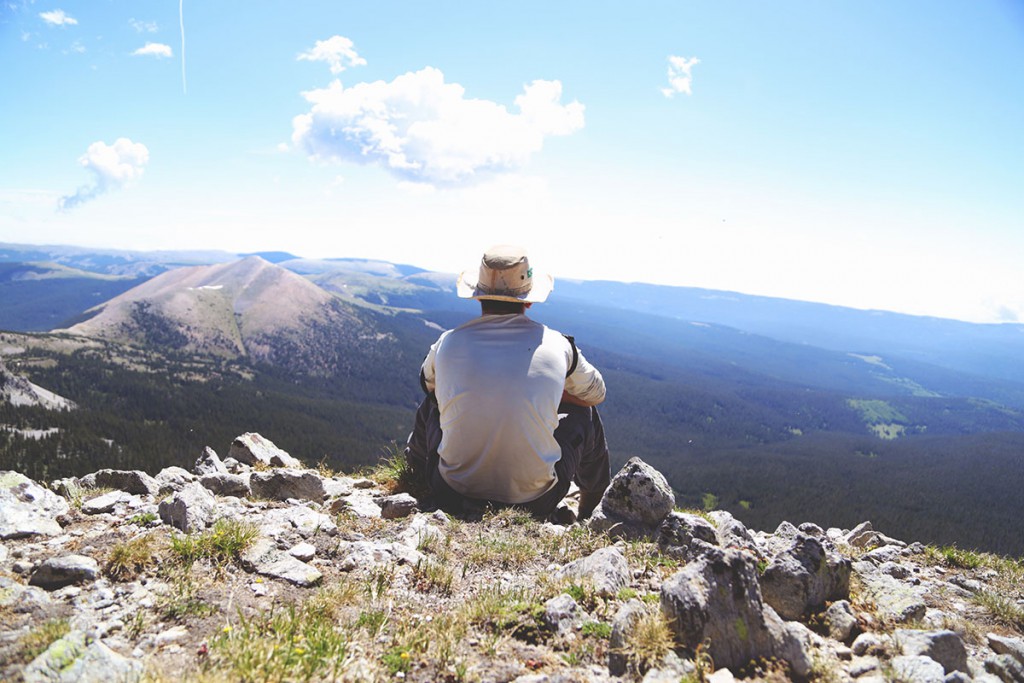Have you ever wondered what is Prana? Is it the life force or the soul? Is prana good or bad? What is the so-called astral body? How many subtle bodies do we have? What are their purpose?
And what about the Chakras? How many are they? Where are they? What do they govern? What does it mean to have a chakra blocked? Is Kundalini really a snake?
In the Berlin Subtle Body Anatomy Workshop we will explore what Prana is, our five sheaths or koshas, the seven main energy centers or chakras understanding their location, purpose, symbolism, and exploring ways to keep them open.
In the Berlin Pranayama Workshop we will offer an introduction to four basic Pranayama techniques exploring them both at a theoretical and at a practical level.
Note: You can only attend the pranayama workshop if you have taken part in the Subtle body Anatomy workshop before that.
|
What: |
Subtle Body Anatomy: Prana, Chakras, and Koshas |
Pranayama: Theory and Practice |
|
When: |
5th of June, 9.00 – 11.00 |
5th of June, 11.20 – 12.20 |
|
Teacher: |
Pinelopi Sioni |
Pinelopi Sioni |
|
Where: |
AIKIDO am Gleisdreieck, Tempelhofer Ufer 36, 10963 Berlin |
AIKIDO am Gleisdreieck, Tempelhofer Ufer 36, 10963 Berlin |
|
Price: |
25 Euro |
35 Euro (both workshops included) |
Feeling you want more? These lectures are part of the Dynamic Mindfulness teacher training course in Berlin, and have been opened up to the public. Check out the full course if you wish to go deeper into your yoga studies.
Pinelopi is a sivananda Yoga teacher based in Berlin. She specializes in Hatha Yoga, Pregnancy Yoga, yoga for beginners and business yoga. She usually works from our yoga Kreuzberg studio. These lectures, however, will not take part in our English Yoga Berlin Studio, but at the Aikido center as mentioned above.






